A new exhibit by Wheaton College art professor Greg Halvorsen Schreck opened September 17. The exhibit, titled “Portraits of Wheaton’s Presidents in Light and Shadow,” features images of the eight presidents of Wheaton College. Each portrait combines 96 separately machined pieces of wood. At first, the portraits appear to be concave chunks of thinly sliced wood, without an apparent image. However, when they are illuminated from beneath by a single light source in a darkened room, rich, lifelike black-and-white portraits emerge, formed by complex patterns of light and shadow.
Schreck, who has taught photography at Wheaton since 1989, designed the method for producing the portraits in collaboration with industrial physicist Mark Woodworth. The formula for creating them is based on Lambert’s cosine law, an optical equation describing radiant intensity calculated by mathematician, physicist, and astronomer Johann Heinrich Lambert in 1760. To produce the Lambertian photographs, Woodworth coded the equation into software that translates pixel densities into surface changes that can be milled onto wood surfaces. Schreck milled pieces of basswood to form the surfaces. Light will alternate between the images within the exhibit, “to communicate the idea of God’s hand moving through three centuries, blessing the College through the individual gifts of each president,” Schreck says.
During the unveiling ceremony for the portraits, David Malone, head of Archives & Special Collections gave the following historical overview of Wheaton’s presidents.
 Jonathan Blanchard came to Wheaton in 1859 to lead a nationally-known abolitionist school in an abolitionist town. It was his desire that the college commit itself to a combination of intellectual growth and Christian faith. Blanchard once wrote, “A sound and thorough education is of priceless value, yet an education without moral and religious excellence, an enlightened intellect with a corrupt heart, is but a cold gas-light over a sepulcher, revealing, but not warming the dead.” During his 22 year presidency Jonathan Blanchard sought to build a school and produce students whose lives were devoted to Christ and His Kingdom.
Jonathan Blanchard came to Wheaton in 1859 to lead a nationally-known abolitionist school in an abolitionist town. It was his desire that the college commit itself to a combination of intellectual growth and Christian faith. Blanchard once wrote, “A sound and thorough education is of priceless value, yet an education without moral and religious excellence, an enlightened intellect with a corrupt heart, is but a cold gas-light over a sepulcher, revealing, but not warming the dead.” During his 22 year presidency Jonathan Blanchard sought to build a school and produce students whose lives were devoted to Christ and His Kingdom.
 In 1882 Charles Albert Blanchard took the lead of Wheaton. The school struggled to continue forward as a lamppost of Christian education in the region. As he viewed the culture decaying around him Charles Blanchard moved from his father’s optimistic post-millennialism to a pre-millennial position, writing a book on The Revelation titled “Light on The Last Days.” Therein he noted that “every student of the Word of God knows that unpardoned, unwashed men cannot have light and they cannot have strength.” Charles directed Wheaton for 43 years.
In 1882 Charles Albert Blanchard took the lead of Wheaton. The school struggled to continue forward as a lamppost of Christian education in the region. As he viewed the culture decaying around him Charles Blanchard moved from his father’s optimistic post-millennialism to a pre-millennial position, writing a book on The Revelation titled “Light on The Last Days.” Therein he noted that “every student of the Word of God knows that unpardoned, unwashed men cannot have light and they cannot have strength.” Charles directed Wheaton for 43 years.

Following the aged Blanchard as president was James Oliver Buswell. A pastor and theologian, Buswell established the nationally-ranked academic program that we enjoy to this day. As he echoes the words of John he reminds his readers in his Systematic Theology that Christ, as creator, is the light that lights every person.
…
 When V. Raymond Edman assumed the presidency of Wheaton College in 1941 little did he know that he would serve the second longest presidency at Wheaton. Nor did he know that he would struggle at the end of his days. As Greg searched for photos of Dr. Edman he found it difficult to locate a portrait in which his eyes were not partially shut or squinty. This was because in 1959 Edman was diagnosed with the first of many eye conditions, some of which left him bed-bound for months and in complete darkness. Yet it was under his presidency that Wheaton saw its second wave of significant missionary activity among alumni. Sending the light of the gospel abroad.
When V. Raymond Edman assumed the presidency of Wheaton College in 1941 little did he know that he would serve the second longest presidency at Wheaton. Nor did he know that he would struggle at the end of his days. As Greg searched for photos of Dr. Edman he found it difficult to locate a portrait in which his eyes were not partially shut or squinty. This was because in 1959 Edman was diagnosed with the first of many eye conditions, some of which left him bed-bound for months and in complete darkness. Yet it was under his presidency that Wheaton saw its second wave of significant missionary activity among alumni. Sending the light of the gospel abroad.

In 1965 with a PhD from the University of Chicago, Hudson Taylor Armerding took the helm and charted it through difficult days of tumult in the 1960s and 70s. He sought to bring unity to a fractured time. In a speech to the faculty workshop in 1977 he reminded his listeners that fellowship is the result of walking in the light and that light, he believed, was the truth of the scriptures.
.
 Wheaton’s next president, J. Richard Chase, came to Wheaton with significant experience as a college president after serving Biola. Most recently passing on to his reward, Dr. Chase steadied the course of Wheaton reaffirming its historic commitments. His own foundation was sure. In his last year at his final baccalaureate he said that his life verse was Psalm 91:1. “He who dwells in the shelter of the Most High will rest in the shadow of the Almighty.” He loved this passage because he said he could use all the help he could get.
Wheaton’s next president, J. Richard Chase, came to Wheaton with significant experience as a college president after serving Biola. Most recently passing on to his reward, Dr. Chase steadied the course of Wheaton reaffirming its historic commitments. His own foundation was sure. In his last year at his final baccalaureate he said that his life verse was Psalm 91:1. “He who dwells in the shelter of the Most High will rest in the shadow of the Almighty.” He loved this passage because he said he could use all the help he could get.

Duane Litfin‘s vision of Christian higher education, borne out of his decade-long history as a college president, is illustrated in Conceiving the Christian College. Christ-centered education is one infused with the light of Christ where “all life and light, whatever their proximate sources, flow ultimately from him.” During his tenure he established footings of resources that will stand for years to enable Wheaton, God-willing, to continue to honor Christ.
.
. Now today we are at a new dawn. With the inauguration of Philip G. Ryken Wheaton embraces a fresh opportunity to see God’s faithfulness — to see his provision and care. May his presidency be one where the effulgence of Christ’s glory is revealed and known. May the only shadow known here be that of God’s hand of mercy and tender grace.
Now today we are at a new dawn. With the inauguration of Philip G. Ryken Wheaton embraces a fresh opportunity to see God’s faithfulness — to see his provision and care. May his presidency be one where the effulgence of Christ’s glory is revealed and known. May the only shadow known here be that of God’s hand of mercy and tender grace.
..
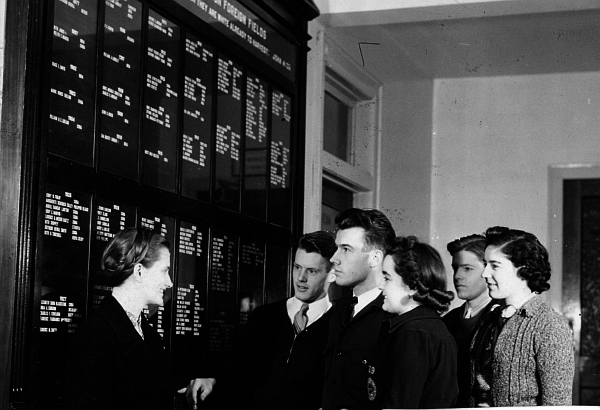 For many decades a listing of Wheaton graduates in missionary service has been posted in Blanchard Hall to serve as a reminder to students to pray–pray for the missionaries and what part they might play in the Lord’s work. For years that listing was in a center hall on the first floor and after the full renovation of Blanchard, completed in 1990, the listing has been posted on the second floor. This listing, by decades, shows generation after generation of students who have sought to go out into the world serving others. Jonathan Blanchard viewed Wheaton as a central starting point in a global vision. When asked why Wheaton he said, “Because Wheaton is near Chicago, the gate city between the Atlantic and the Pacific, between Western Europe and Eastern Asia….But the chief reason was, I believed the Lord had need of Wheaton College, to aid the way for His coming.”
For many decades a listing of Wheaton graduates in missionary service has been posted in Blanchard Hall to serve as a reminder to students to pray–pray for the missionaries and what part they might play in the Lord’s work. For years that listing was in a center hall on the first floor and after the full renovation of Blanchard, completed in 1990, the listing has been posted on the second floor. This listing, by decades, shows generation after generation of students who have sought to go out into the world serving others. Jonathan Blanchard viewed Wheaton as a central starting point in a global vision. When asked why Wheaton he said, “Because Wheaton is near Chicago, the gate city between the Atlantic and the Pacific, between Western Europe and Eastern Asia….But the chief reason was, I believed the Lord had need of Wheaton College, to aid the way for His coming.”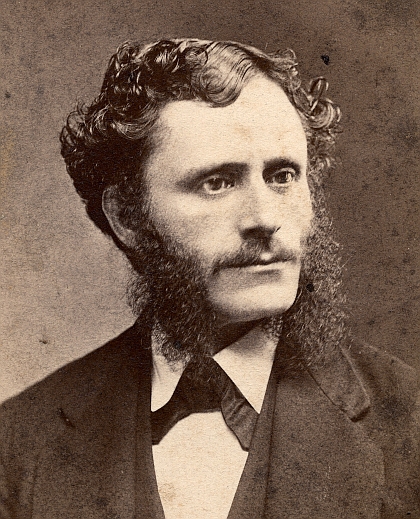 Wheaton’s first missionary graduates were Anastasios Zaraphonithes and Henry Martyn Bissell. For many years missionary activity was an individual interest but near the turn of the twentieth-century groups of students gathered to advance mission work. Just as the Student Volunteer Movement was emerging Wheaton’s Mission Band began in October 1890 as a group of students who wanted to consider ways to “best promote the interest in missions among their fellow students and at the same time be preparing themselves for their future work.” A constitution was signed on December 7, 1890 by nine students pledging, “God willing, to become Foreign Missionaries….” This group met Sunday mornings to study missions, various fields of service, peoples and their customs, needs and religions. Those that attended pledged 5 cents a week to support missionaries and some who were “expecting to work for our Master in the dark corners of His vineyard….” Professor Elsie Dow led the group through George Smith’s History of Christian Missions from Abraham and Paul to Carey, Livingstone and Duff (1884). In 1894 six Wheaton students served as delegates at the International Convention of the Student Volunteer Movement that was held in Detroit, Michigan. Though the Mission Band did not officially join the Student Volunteer Movement until 1904, in 1897 the group changed their name to Student Volunteers for Foreign Missions.
Wheaton’s first missionary graduates were Anastasios Zaraphonithes and Henry Martyn Bissell. For many years missionary activity was an individual interest but near the turn of the twentieth-century groups of students gathered to advance mission work. Just as the Student Volunteer Movement was emerging Wheaton’s Mission Band began in October 1890 as a group of students who wanted to consider ways to “best promote the interest in missions among their fellow students and at the same time be preparing themselves for their future work.” A constitution was signed on December 7, 1890 by nine students pledging, “God willing, to become Foreign Missionaries….” This group met Sunday mornings to study missions, various fields of service, peoples and their customs, needs and religions. Those that attended pledged 5 cents a week to support missionaries and some who were “expecting to work for our Master in the dark corners of His vineyard….” Professor Elsie Dow led the group through George Smith’s History of Christian Missions from Abraham and Paul to Carey, Livingstone and Duff (1884). In 1894 six Wheaton students served as delegates at the International Convention of the Student Volunteer Movement that was held in Detroit, Michigan. Though the Mission Band did not officially join the Student Volunteer Movement until 1904, in 1897 the group changed their name to Student Volunteers for Foreign Missions.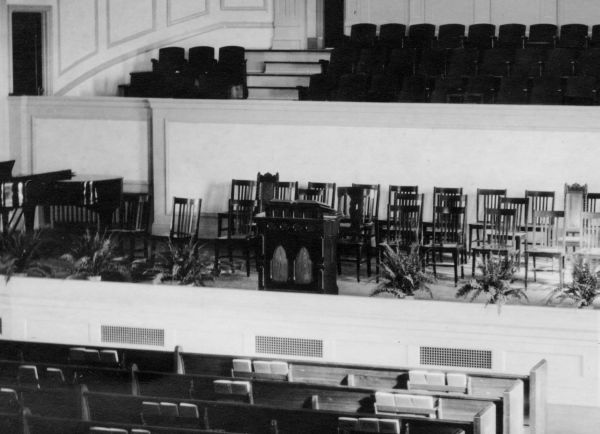
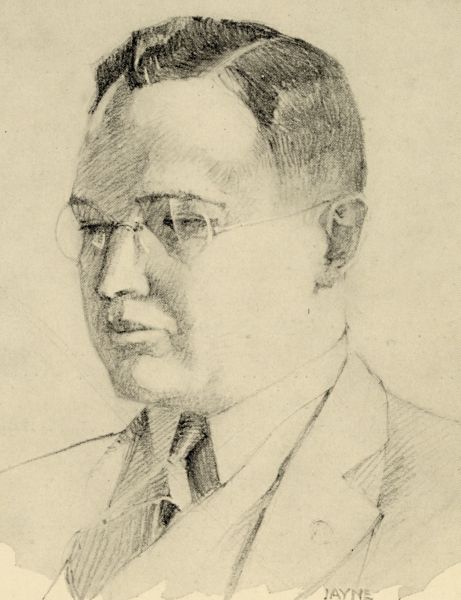
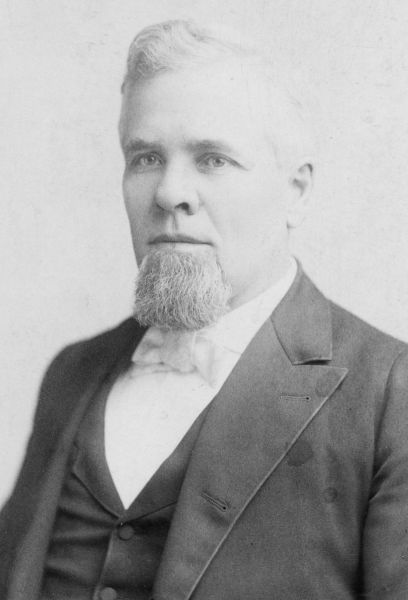
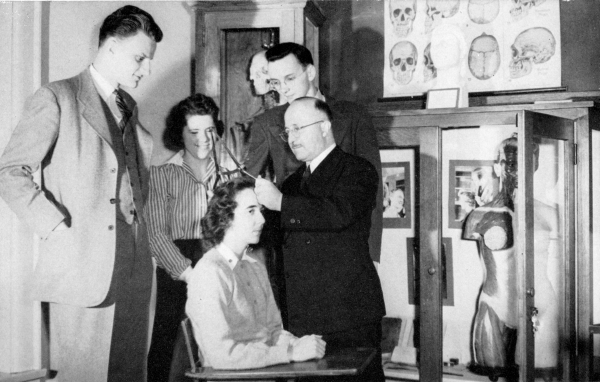








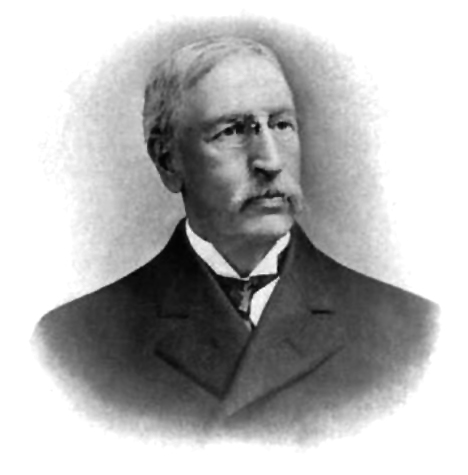


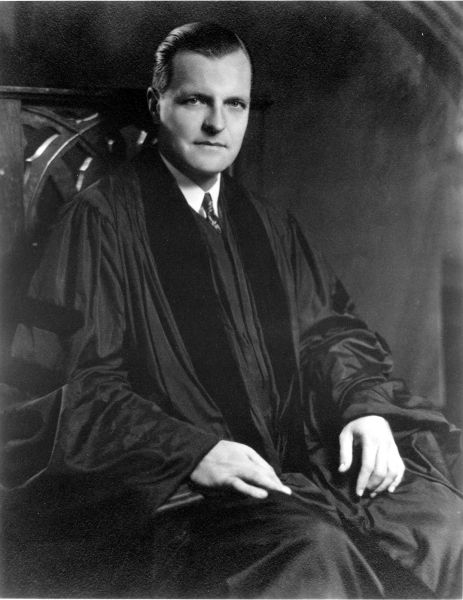
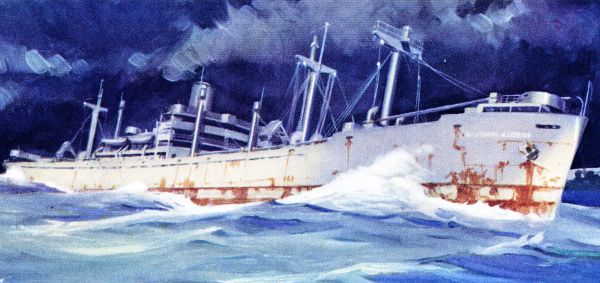
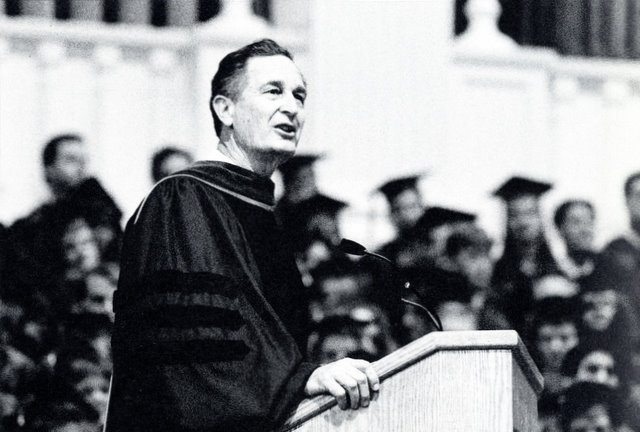 Dr. J. Richard Chase
Dr. J. Richard Chase